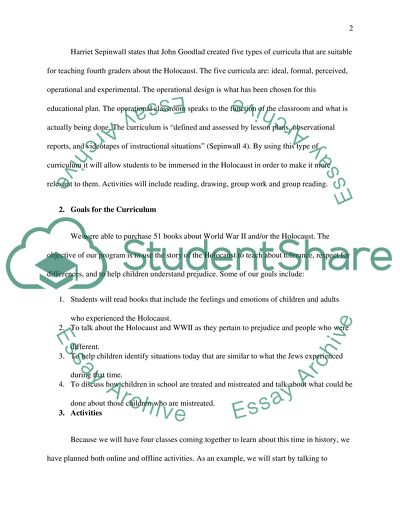Cite this document
(“Education Plan for Fourth Grade Class Assignment”, n.d.)
Retrieved from https://studentshare.org/education/1426903-an-education-plan
Retrieved from https://studentshare.org/education/1426903-an-education-plan
(Education Plan for Fourth Grade Class Assignment)
https://studentshare.org/education/1426903-an-education-plan.
https://studentshare.org/education/1426903-an-education-plan.
“Education Plan for Fourth Grade Class Assignment”, n.d. https://studentshare.org/education/1426903-an-education-plan.


